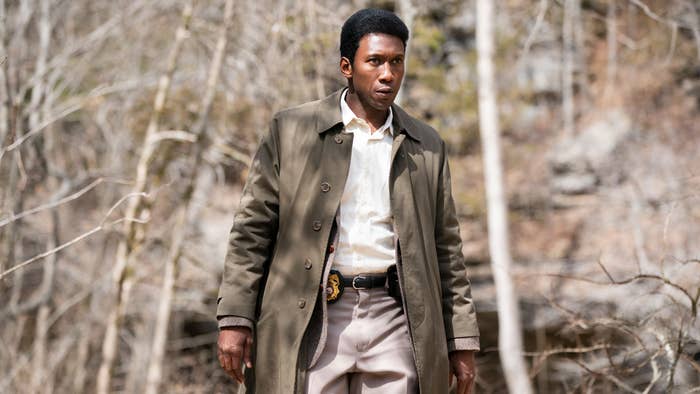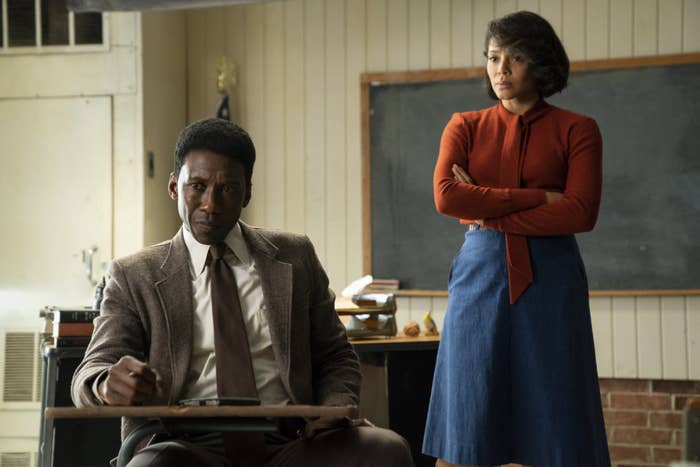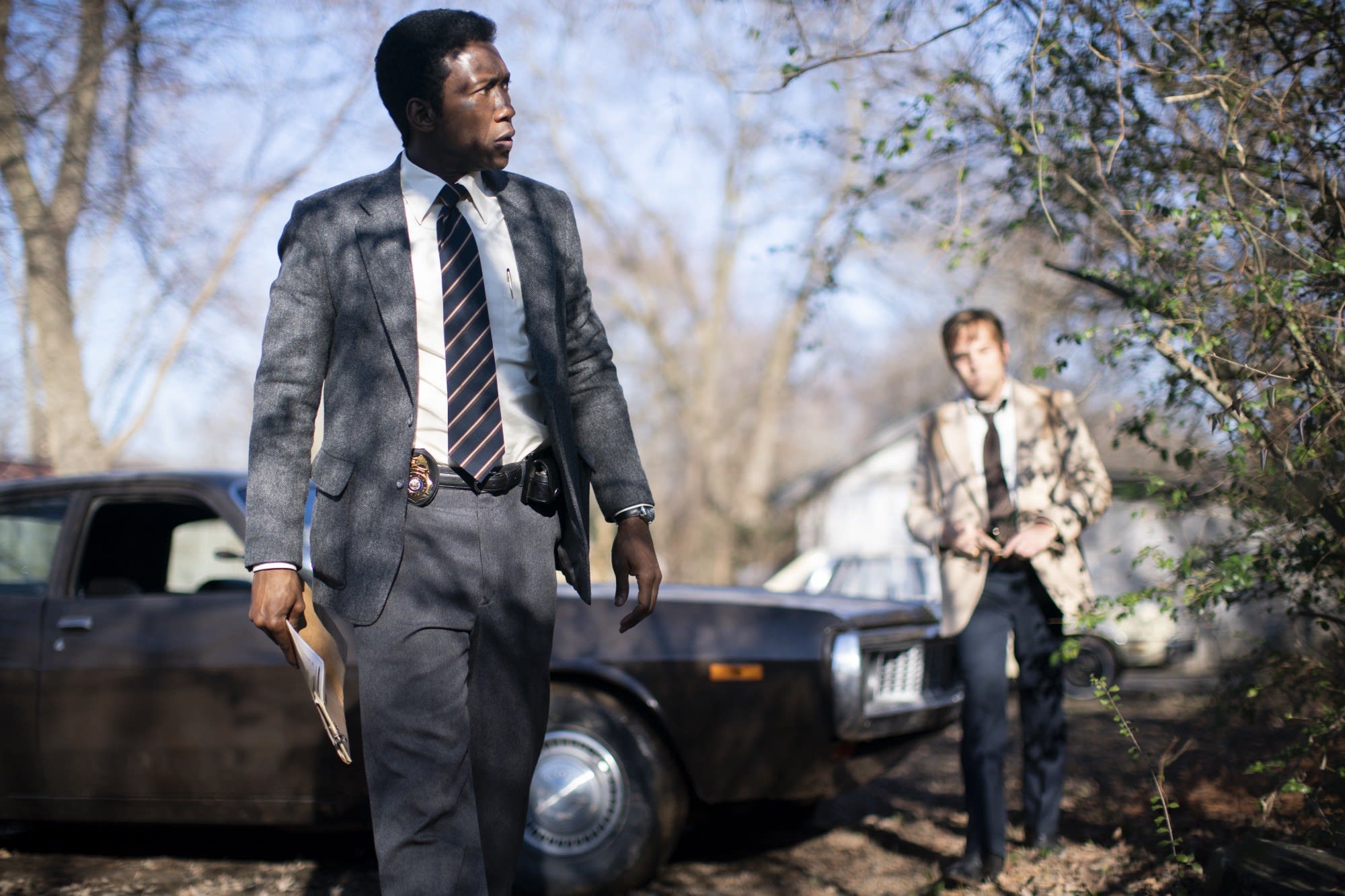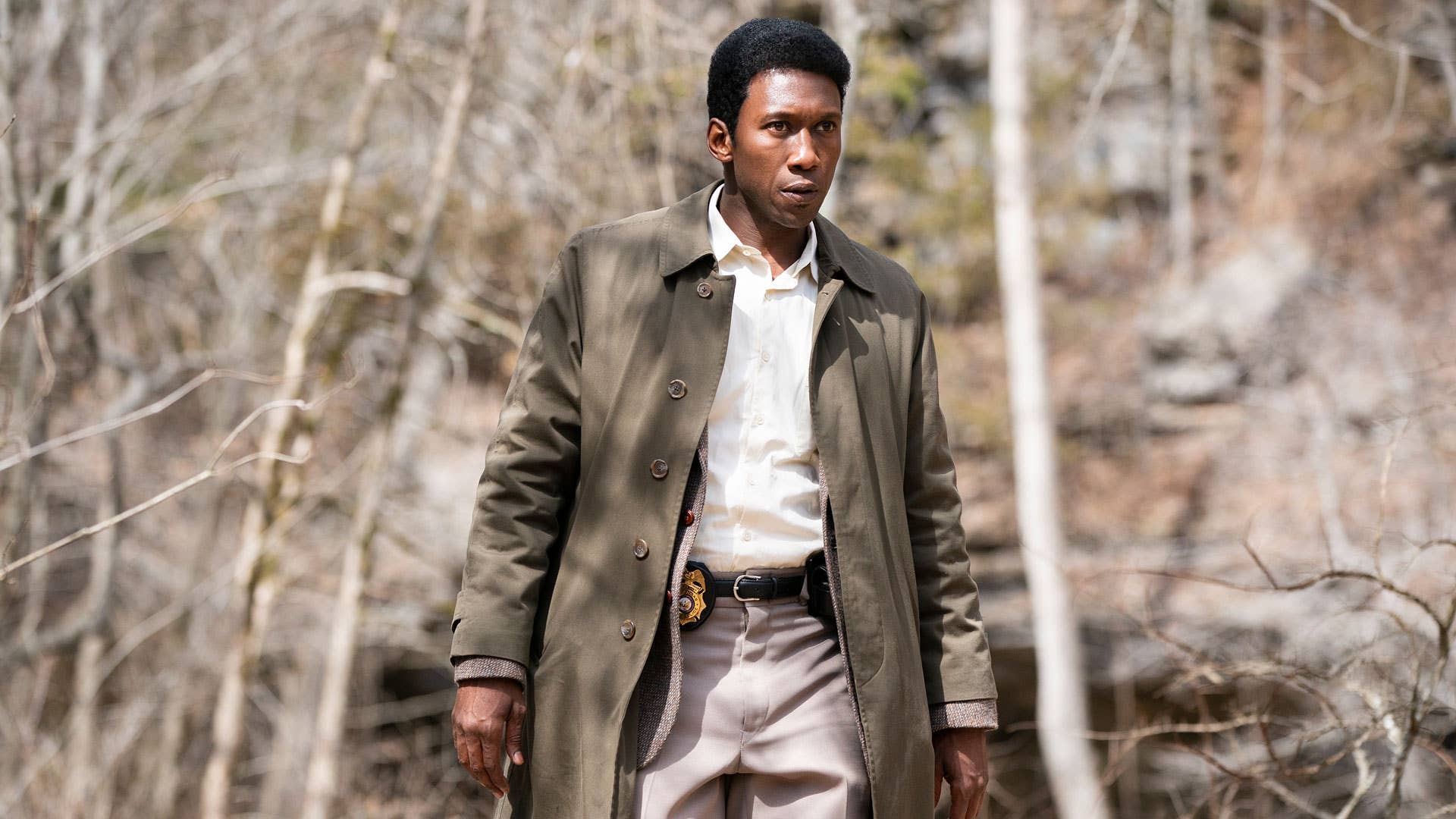
On Sunday, January 13, 2019, HBO will premiere the long-awaited third season of its crime anthology series True Detective. Anyone with a mild interest in pop culture remembers the phenomenon that was the show’s first season way back in 2014, from Matthew McConaughey doing his best impression of a dollar-store Halloween skeleton to HBO GO crashing on the night of the season finale.
The show’s second season aired in the summer of 2015. It paled in comparison to the first, owing to lackluster performances, a less intriguing storyline, shallow writing, and for me personally, the absence of Woody Harrelson’s gruff but honeyed Texas accent. Even without comparing it to the masterpiece that was Season1, as its own entity, Season 2 failed to give us characters or a plot worth investing in. A few months after season two ended, the network reached a three-year deal with the series’ creator, Nic Pizzolatto, the details of which were vague. Aside from not knowing if we would get a third season, many of us were left wondering if we even wanted one.
The release of True Detective Season 3 has been cable television’s biggest will-they-or-won’t-they for the last three and (almost) a half years; but finally, it’s arrived, boasting recent Golden Globe winner Mahershala Ali as the titular “true detective.” After the mess that was Season 2, and ahead of the Season 3 premiere, there are three things I need to see from this installment to get the show back in my good graces.
Season 1 of True Detective received plenty of praise for its main characters, Rust Cohle (McConaughey) and Marty Hart (Woody Harrelson), each of whom was captivating in his own way. However, the show also received (rightful) criticism for its approach to women. Arguably the only other main character is Marty’s wife, Maggie (Michelle Monaghan). Monaghan’s performance is solid; unfortunately, the material is two-dimensional and, at times, lazy. Maggie’s central conflict is her unfaithful husband; as a result, she becomes simply one in Hollywood’s long lineup of women scorned, who acts almost exclusively in response to the men around her. Her major moments, from domestic confrontations to her tryst with Rust, revolve around romance and sexuality, an outdated trope that can only be helped so much by Monaghan’s passionate delivery. The rest of the non-men in the show are Marty’s mistress, his daughters (including a rebellious teenaged one—another trope), sex workers, and murder victims.
In Season 2, Rachel McAdams’ Ani Bezzerides, one of the three detectives working on a murder investigation, was an opportunity for the series to create a woman character with more depth. Instead, Bezzerides proved to be more of the same. Though she is involved in one of the season’s first major confrontations—a shootout outside a meth lab—her other biggest moments include being saved by fellow detective Ray Velcoro (Colin Farrell) during a car chase, going undercover at an elite sex party, hooking up with Velcoro, and, prior to the hookup, briefly disclosing her sexual trauma. We do learn some details of her personal life—drinking, gambling, strained familial ties—but they are never fully addressed, and feel like a petty response to the aforementioned season one criticism. In the upcoming third season, only one of the four main characters, Amelia Reardon (Carmen Ejogo), is a woman, and according to her description on Wikipedia, appears to be defined by her connection to two missing schoolchildren. Hopefully, this time around, Pizzolatto will take the time to identify women beyond their relationships to children and men.

Seasons 1 and 2 share a woman problem, but only season two suffers a writing one. In Season 1, both Rust and Marty are written brilliantly. Rust’s nihilism made him the more engrossing character, but Harrelson’s Marty held his own as well, the selfish oaf to Rust’s self-righteous oracle. None of the second season’s four main characters even came close to the gripping duo of Rust and Marty—so what happened? If you’ll remember, some of Season 1's most intriguing character writing was found within Rust’s meditations on the meaning of life (or lack thereof). The themes and wording of these philosophical tangents were allegedly plagiarized from Thomas Ligotti’s Conspiracy Against The Human Race. HBO and Pizzolatto denied the plagiarism claims, with the latter citing Ligotti as an influence and stating that some of Rust’s lines “were specifically phrased in such a way as to signal Ligotti admirers.”
Regardless of whether or not these similarities can be classified as plagiarism, the stark contrast in writing quality between the series’ first two seasons is undeniably noteworthy. But still, not everything in Season 1 has been compared to other work, so there is certainly hope for the upcoming season. Season 1 had the benefit of taking place in rural Louisiana, and focusing on the types of crimes that, in real life, can captivate a nation: missing persons and murders. Season 2's focus on government corruption and organized crime was perhaps simply not compelling enough to make a splash. Season three takes place in the Ozarks and revolves around two missing children; hopefully a return to a more eerie setting and crimes that will bring back season one’s magic.
Even with this hope, though, there remain important questions about Pizzolatto’s approach to writing. The series creator wrote both of the previous seasons by himself, which would maybe be impressive if he weren’t a white man. Over the last several years, there’s been an ongoing discussion about the diversity of Hollywood writer’s rooms. It’s one thing to have a diverse cast; in 2019, it’s inexcusable not to. But writer’s rooms, which tend to not be the focus of a movie’s press coverage, can still look like the Mayflower. What good is it to have a cast of black and brown actors and no black or brown writers to inform their characters?

Season 3 of True Detective will be the first to feature non-white main characters, with Ali’s Detective Wayne Hayes and Ejogo’s Amelia. However, the writer’s room will be identical to that of the show’s first two seasons; just Pizzolatto, with the exception of fourth and sixth episodes, which were co-written with David Milch and Graham Gordy (also white men). Whether or not race will be discussed remains to be seen, though it is difficult to imagine a story about people of color in rural Arkansas in which race is not a factor. Ultimately, even if the show does broach the topic, whatever statements it attempts to make will likely ring hollow, knowing that they weren’t written by actual people of color.
True Detective Season 3 is in a bittersweet spot; with a more diverse cast, a creepy setting, and a return to the multiple-timeline format, it has the opportunity to live up to Season 1, and wipe away the now-three-years-gone flop that was Season 2. But it could also fall victim to Season 2’s hubris, and be forgotten among the other crime dramas we have today. Good luck, Season 3, and don’t fuck it up.

